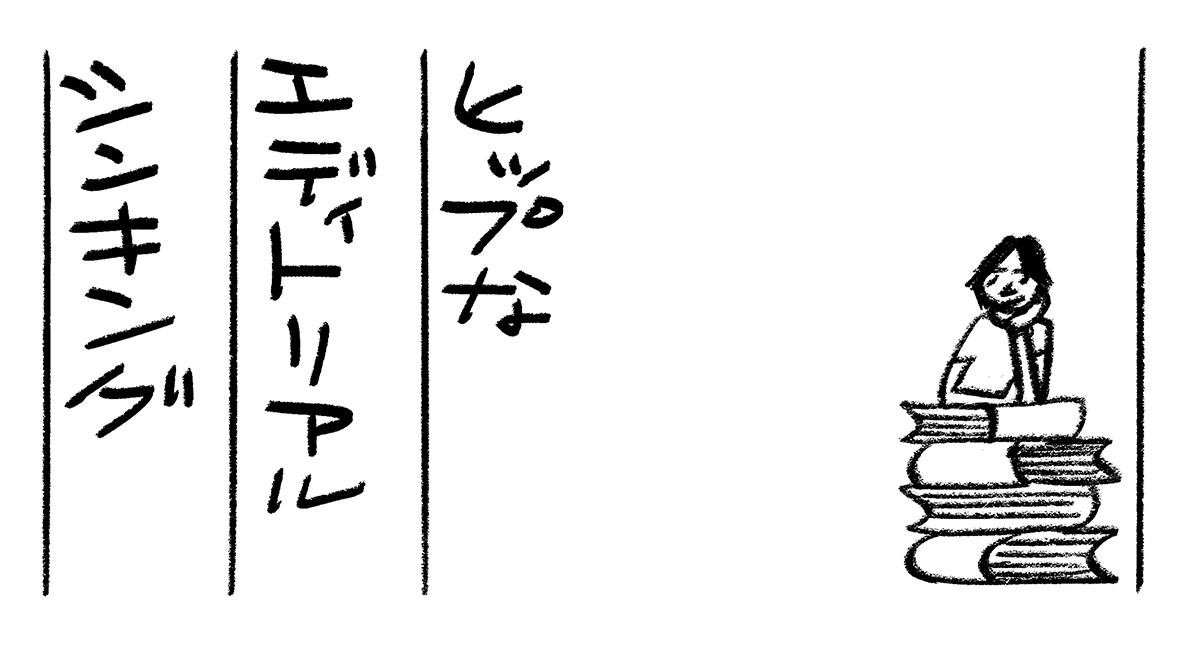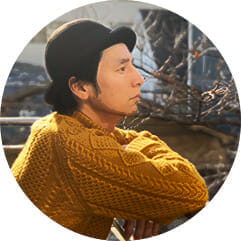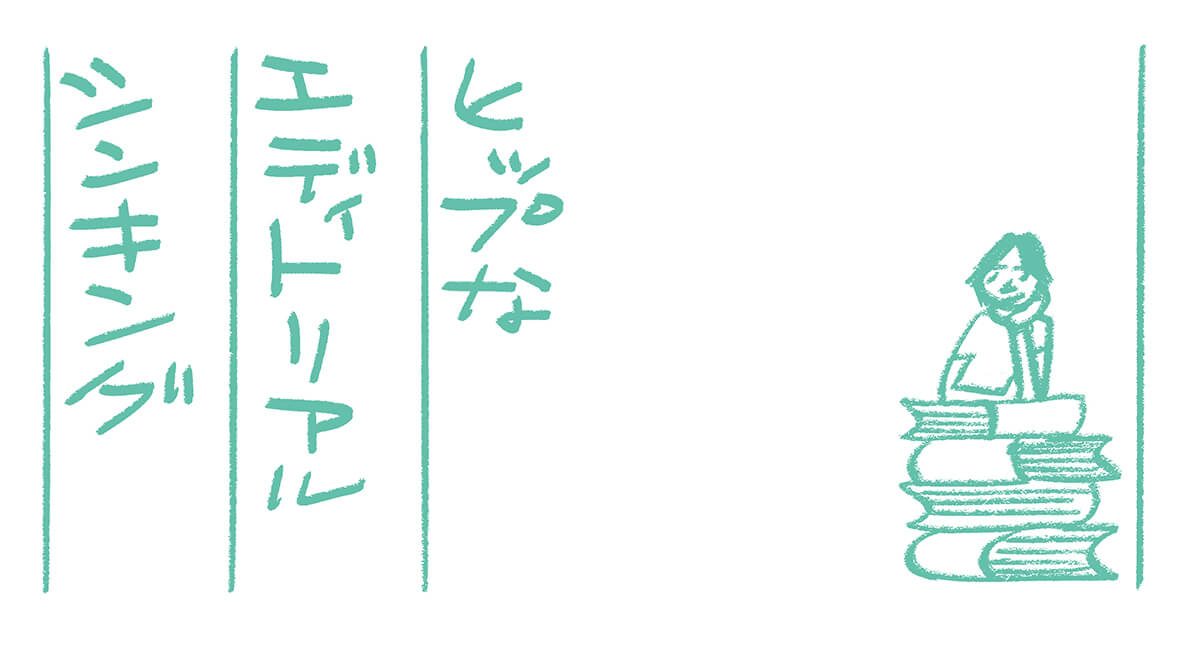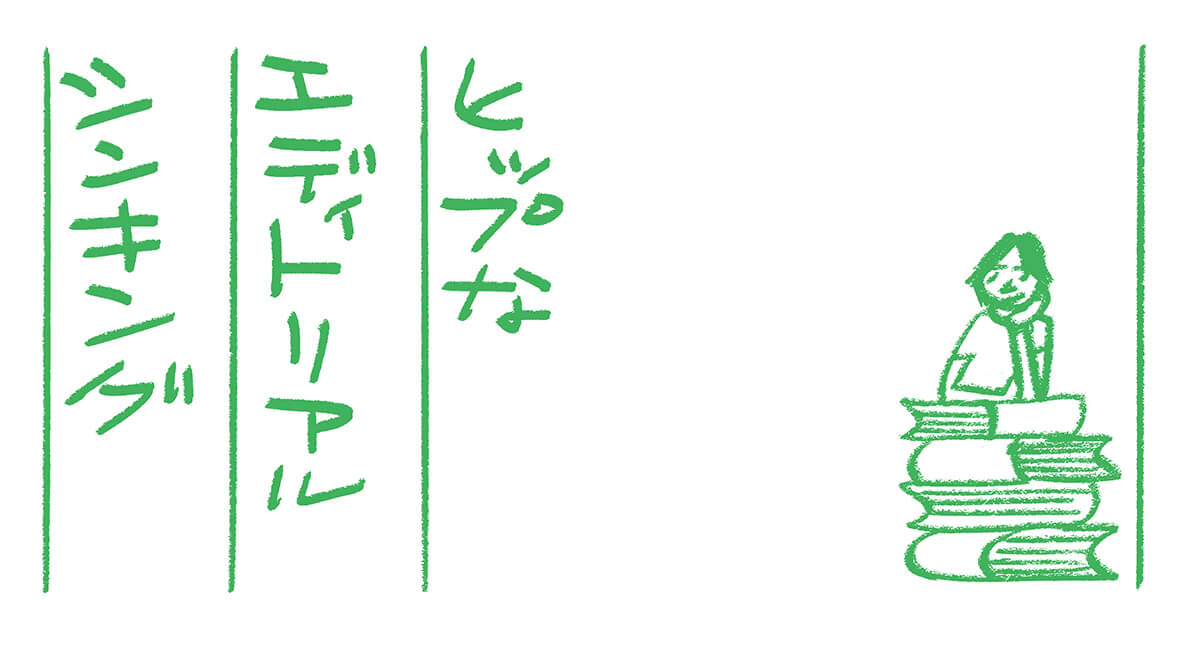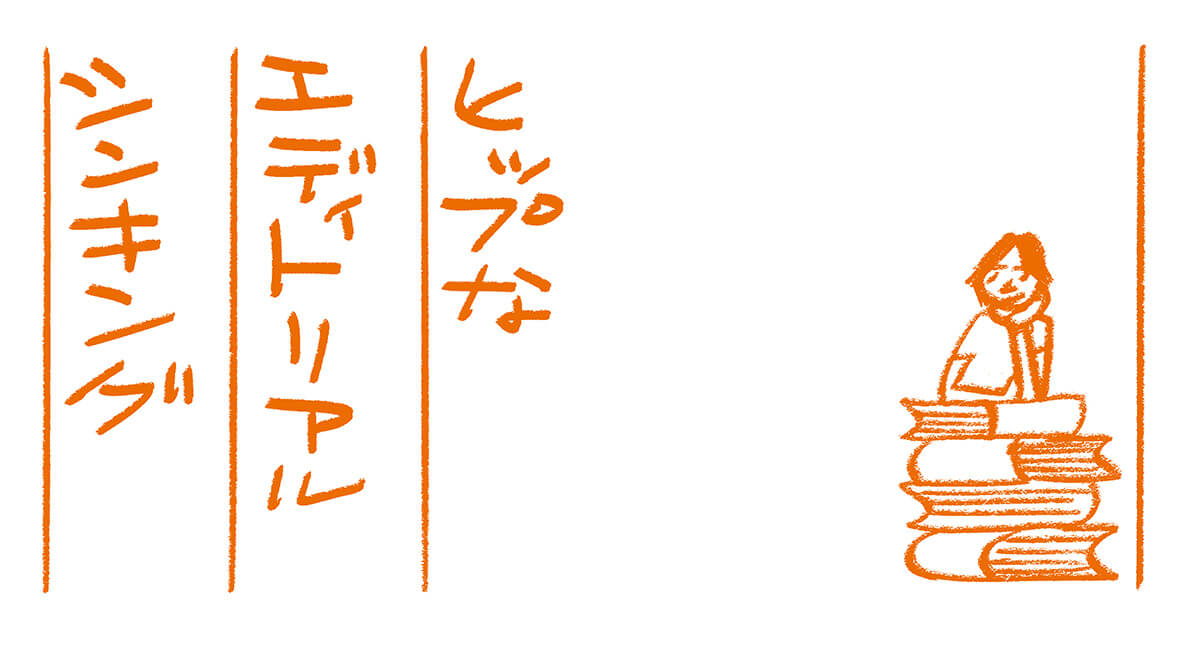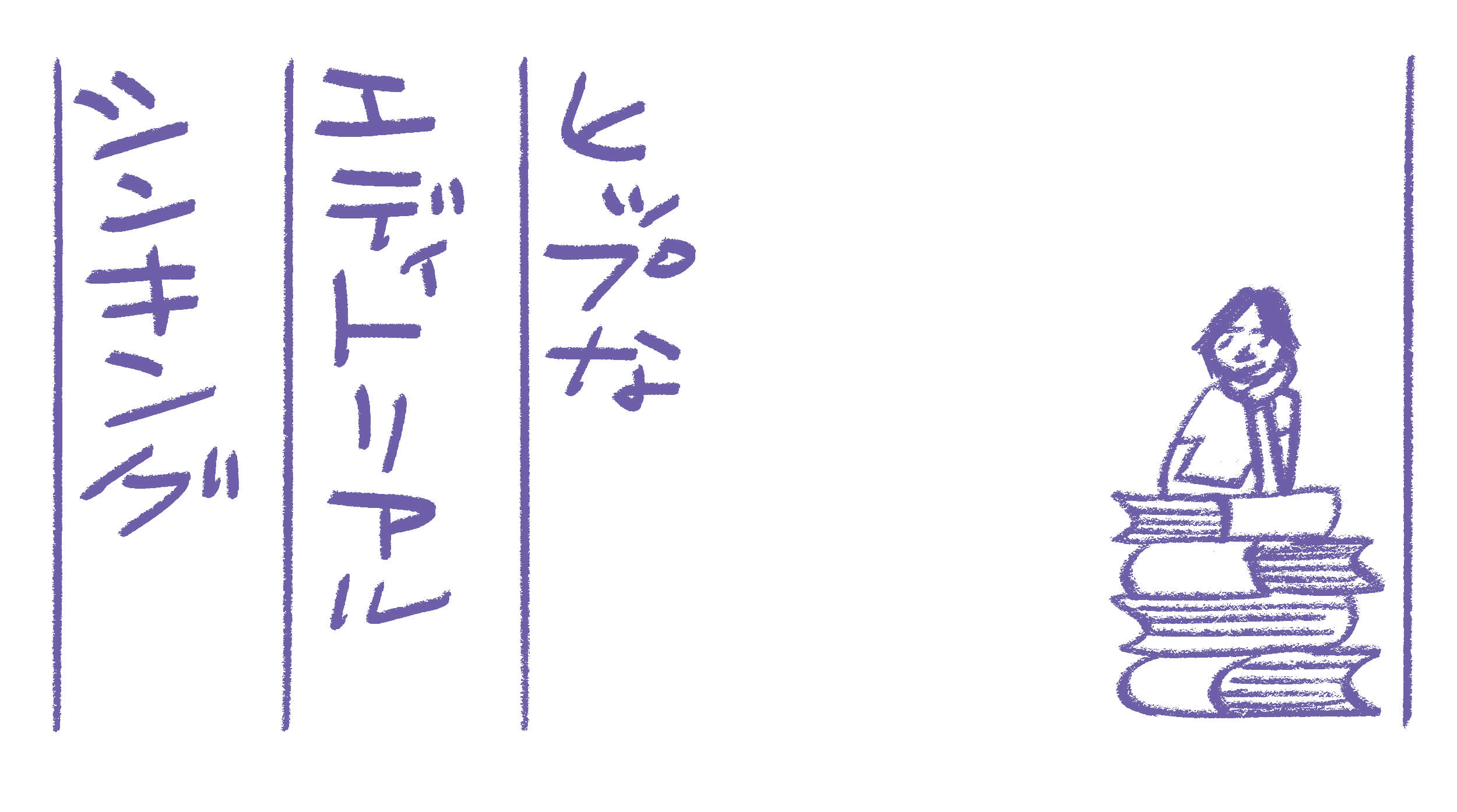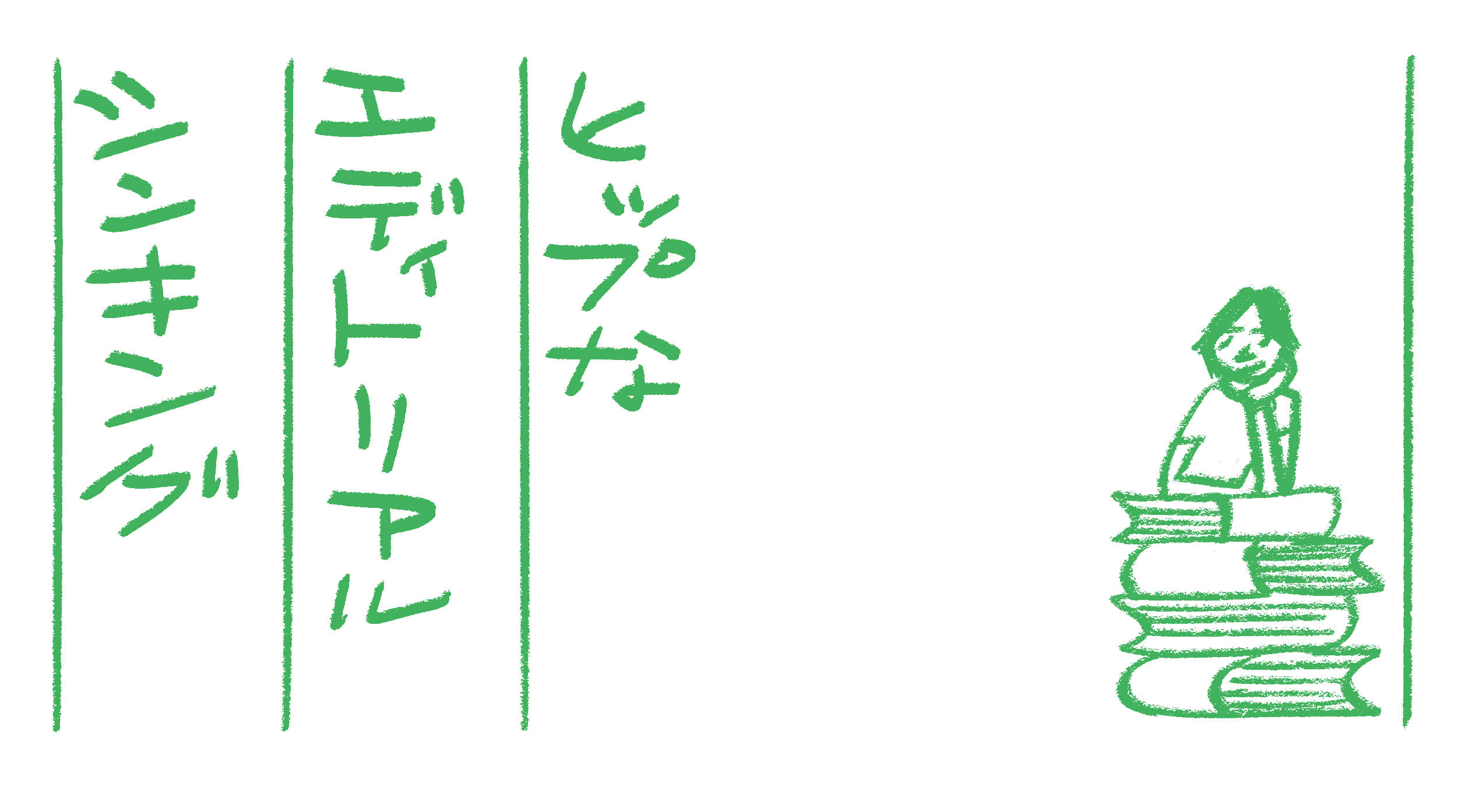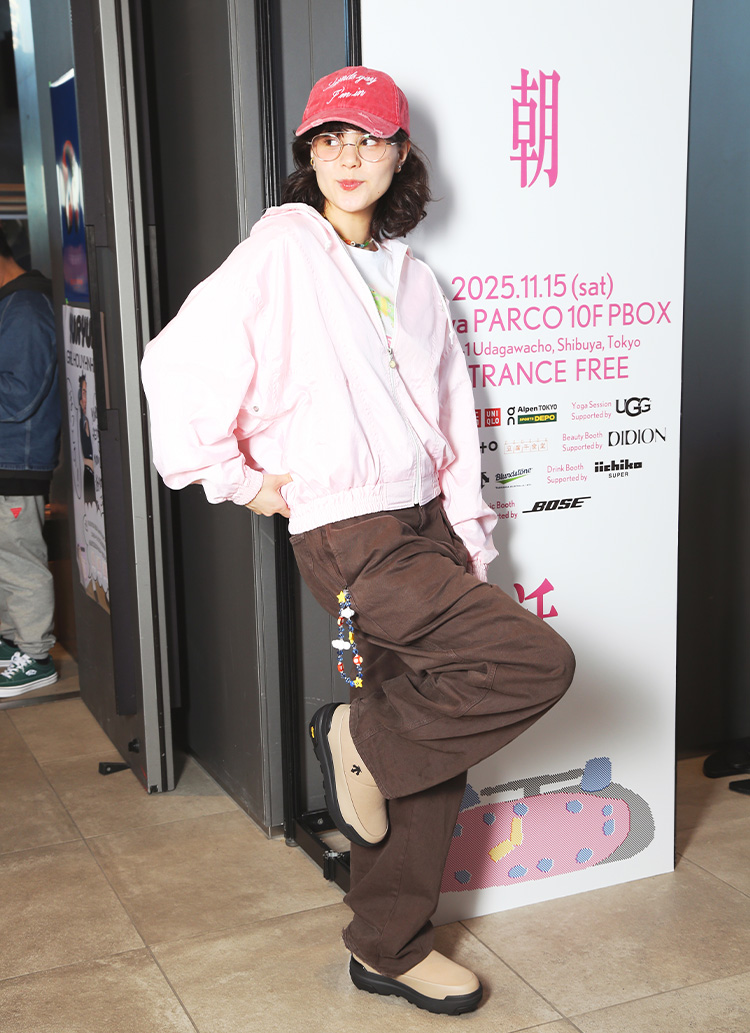1stWhat is editing?
Sometimes we say that exaggerated expressions, stories, or funny things are like cartoons. You may have mentioned at least once about something that happens or makes you laugh that would not be possible with common sense.
Older comics were more comic-like in that sense . The characters, settings, etc., were so unexpected and so far above the reader's expectations that the reader had no choice but to accept the leaps and bounds.
The sports manga in particular were tremendous. There was no such thing as compliance or discovery, and the story unfolded in a parallel universe to this world. You could call it a kind of fantasy. Magic balls were a cute thing, and there were even some demons and people with abilities that were impossible for real people to possess.
My favorite is Mikael, the Spanish national team member in Captain Tsubasa. He rides the ball with both feet and dribbles it as if he were riding a Segway, an electric two-wheeled vehicle. It's like riding a circus ball.
It was not until much later that works that pursued reality emerged.
In the masterpiece baseball manga "The Star of the Giants," junior high school student Mitsuru Hanagata drove a sports car, and in the tennis manga "Aim for the Ace," Reika Ryuzaki was called Mrs. Butterfly because of her vertical roll, despite being a high school student. Both were made into anime, and elementary and junior high school students all over Japan were enthusiastic about them. . If they were real, they would be caught or expelled from school for violating school rules.
In those old sport manga and dramas, there were often scenes in which the coach analyzed the opposing team and players using a computer. There was no such thing as a personal computer, but rather a large casing and an open-reel tape that spun around as a storage medium. The viewers enjoyed watching these scenes because they were fictional, regardless of whether or not they were real. It was just a matter of time before such a day might come.
But such a day has come.
Today, computers are being used efficiently in the areas of game analysis and tactics in soccer and other team sports. By combining the team's combined game and training data with the game at hand, analysts and coaches are able to develop in-game tactics that exploit the weaknesses of the opposing team.
A German IT giant called "SAP" is at the forefront of this field.
Some of you may remember the square box-like protrusions on the backs of players' uniforms at the Rugby World Cup held in Japan the year before last, below the base of the neck. That was a GPS tracker, a device that collected players' stats such as distance traveled, pulse rate, and lactate level during the game. By recording and tracking players' movements and fatigue levels, coaches could effectively control player positioning and substitutions.
From training methods to body conditioning and care, every athlete from now on is going to be managed by computers.
The times have caught up with comics.
Technology is advancing much faster than we can imagine.
Is technology taking jobs away from people?
Michael Osborn of Oxford University published in 2014 a list of jobs that will disappear in the next 10 years. . jobs that will be replaced by machines due to technological innovations such as computers and robots.
Typical examples are bank loan officers, telephone operators, accounting clerks, and paralegals in law firms. Other jobs may be performed by machines, even those that were previously thought to be difficult, thanks to big data.
. for example, medical diagnostics. There is news that a hospital in New York has collaborated with "IBM" to successfully plan treatments using artificial intelligence.
Seven years later , the prophecy has not yet come true.
It is not as easy as the boom in the revival of vinyl records and cassette tapes, we humans have emotional values. . People are not moved by rationality alone, such as functionality and utility. Portable music players are fine, but there is also the value of music played through a vacuum tube amplifier and player.
Nevertheless, technology will undoubtedly take some jobs, just as video killed the radio star. One can only hope that the divine ability of the ticket-cutter at the train station to recognize fraud is still useful somewhere today.
Still, there are some jobs that only humans can do. Creative work may be one of them.
A creative job is literally a job to create something. In the past, such jobs were categorized as katakana occupations, such as advertising planner, designer, illustrator, etc. . They also include novelists and manga artists who weave stories.
A machine can make a copy of something that someone else has made with 100% accuracy, but it is not good at creating something from nothing.
Creative work is not limited to those, but spans many fields. People who make things, such as potters and plastic artists , are also creative occupations, as are landscape architects and cooks. A machine may be able to assemble a car, but only the human side can decide what kind of car to build.
One such creative job is editing.
Editorial work differs in content and characteristics depending on what it deals with. Nowadays, the number and forms of media have increased. Some are publications, while others are web media.
The job of an editor that comes to mind in the most basic sense would be that of a literary editor. While communicating closely with the writer, he or she comes up with ideas, gathers materials, and cooperates with the writer's creative process, including fact-finding and research. . Of course, they also play a role in motivating writers to write. . He or she manages the schedule, reads and comments on the manuscript, proofreads it, meets with the bookbinder and designer, submits the manuscript, and produces the book.
The machine does not say, "Sir, the manuscript was interesting.
. This also applies to manga. Stories of editors who worked with authors on works that sold millions of copies are told in many places.
The job of editing a magazine is a bit broader.
Novels and manga are mainly worked on by a small group of authors and editors, while magazines have a larger number of people involved. Depending on the job, they work with editorial staff, writers, photographers, designers, illustrators, models, celebrities, stylists, hair and makeup artists, and so on.
Editing a magazine is a process of gathering what the intended readers want to know from all sources, old and new, organizing it, processing it, and adjusting it to fit on the page. Depending on the project, we will do research on fashion, food, travel, or any other genre, and then work with the relevant staff to create the pages. If the staff lacks the necessary knowledge or background, then they must gather relevant information, even if it is a little more difficult, and fill their knowledge with it.
There is a lot of work to be done, such as coordinating the schedules of the staff involved, checking the shooting, designing, writing the manuscript, checking it, submitting the manuscript, and proofreading.
In a sense, a magazine editor is a film director, a conductor in an orchestra, and a manager in an organization. In short, he is the "director" of all work.
. As well as using my mind creatively, I also use my body as a physical job as a partitioner. During location shoots, I have to organize traffic and order box lunches. In a sense, it is a tough job because one's sense in these areas is also considered important. . It is hard to find a job where you are criticized by everyone for having bad taste in the snacks you buy as an adult.
. Sometimes, foreign models must be spoken to in English. In addition to knowledge and physical strength, they are also tested on their language ability.
The interviewee is almost always new to the company. They must have the reading comprehension skills to read the material beforehand, as well as the time management and speed reading skills to take that time. As for communication skills, they must be advanced or they are not worth talking about. Conversation is an intellectual skill. It is necessary to have a broad, if not expansive, knowledge of the subject.
. It may seem tougher and harder than it sounds when I write it like this. It is indeed hard work to be a good editor.
However, despite failures and setbacks, one gradually becomes able to handle the job as one continues to work. Even if you cannot become an excellent editor, anyone can become a reasonable editor. Once that happens, the work becomes very enjoyable and stimulating. I am a reasonable editor, so there is no doubt about it.
As with any job, the more you work, the more you gain experience and intelligence as a person. Through interviews, I meet and talk with a variety of people. This is because you can hear directly from people who are working at the top of their field about the most important essence of their work, tips, and what they consider to be important.
Instead of asking a nearby friend how to hit topspin in tennis, it is better to ask Shuzo Matsuoka directly. It is the editors who can do that. . not to say privileged, but a highway is available for access to the places you want to know about.
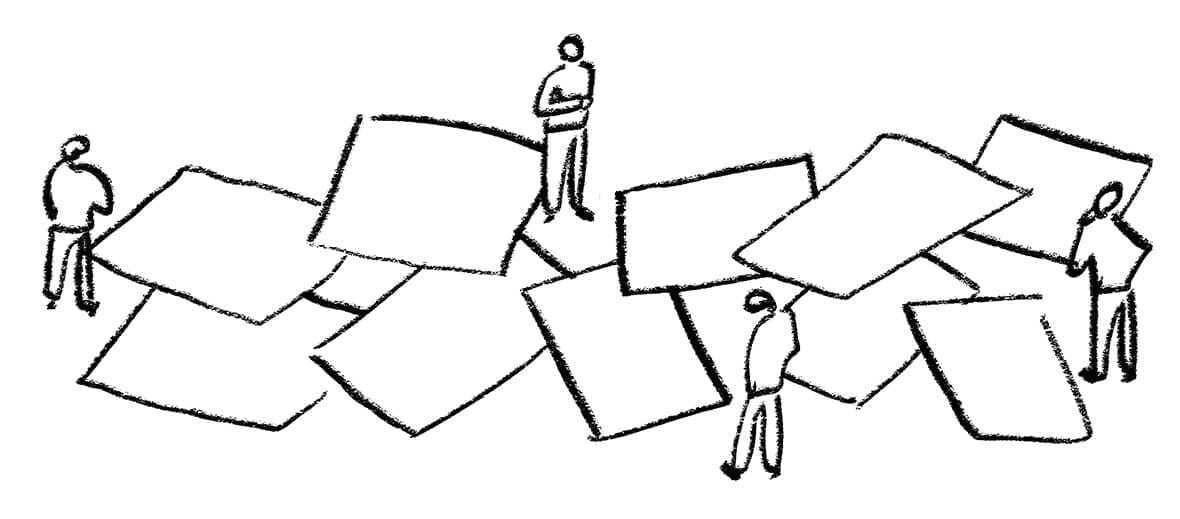
The machine cannot edit.
As AI evolves, could it not also be edited? Certainly, it may be able to. Nowadays, it is said that AI has advanced to the point where it can write sports articles and weather forecasts.
There are still functions that select from similar trends or articles that are read by big data and display them in a recommended manner. This is the case with some news apps. However, what would happen if these functions were to evolve further?
People who read the news through social networking sites will become biased in their thinking and their views on things, he said. This is because crawlers collect opinions of people with similar views, i.e., opinions that are easy to listen to.
This is called the echo chamber phenomenon (according to Wikipedia, it is the diffusion of opinions, statements, and arguments within and outside of a community as if they were echoes, and is an internal phenomenon due to the closed nature of the community, etc.).
This echo chamber has been discussed since the election campaign of President Trump in the United States. Some say that that election was the result of people's reliance on limited sources of information, which led to a decline in the quality of social consensus and the inability to make impartial decisions.
According to one survey, more than 60% millennials use social networking sites as their primary source of information. It can only be a detriment to society that they synthesize their political orientation, etc., based solely on filtered information, which then leads to their voting behavior.
If your app is only displaying articles that are derogatory to some particular country and incite discriminatory feelings, you might want to be careful.
By the way, my news app always shows Hanshin Tigers and European soccer at the top of the list. . I click on the related articles frequently.
However, if human edits are made, the bias is diminished.
News has a "middleman" who selects and selects the news by hand. The news is selected based on data and experience, and is published from an unbiased and impartial standpoint. In a sense, it could be called populism, but it has established itself as one of Japan's leading web-based news media.
Japanese newspapers, television and other large media are not as politically biased as in the U.S., but they do have their own ideological stance. Editing is an arbitrary act.
This is what makes humans different from machines. . they make decisions as they see fit, selfishly. I know people who say eggplant tastes good, but they don't like it when it's pickled , but a machine would never understand such a thing.
Editing a magazine is such an unrestrained process. Within a given format, any size of text, photographs, or illustrations can be placed at will.
If you want to insist on a message, you can edit the page as if you were painting on a canvas, such as laying out larger text, or using a large crop of a good photo. Such things cannot be done by a machine, even if it stands on its head.
Bringing an idea from an unexpected and seemingly unrelated place, or a project that betrays the reader's expectations in a good way. This is the joy of editing.
It would be difficult to ask the machine to make a food feature, inspired by the works of Shotaro Ikenami.
AI and robots can't handle the demands of coming up with a nostalgic travel plan, creating a sizzling gourmet article, or creating an ad for a car that excites a sense of adventure.
Furthermore, editors go to meet people, hear their stories, and then write about them. These are stories and personal experiences that are not in the archives of the Internet. The machines can't win.
Integrated Thinking
The editorial work of a magazine begins with a meeting of people to discuss.
The first starting point is to decide on the direction of the feature or project based on the characteristics of the medium. From there, the people gathered will come up with a plan.
A typical editorial meeting is a gathering of the editor-in-chief and all other members of the editorial staff. Depending on the publisher and magazine, freelance editors and writers may also participate. The presence of such outside staff with their own areas of expertise allows for a broader exchange of opinions.
Participants are free to come up with ideas based on a predetermined theme, such as a special feature or project . Ideas that are not bound by precedents , or that are far outside of the framework. . Expand the ideas horizontally.
. We will also refer to interesting approaches and approaches that emerge from designers and stylists. Using sensitivity and flexibility, expand ideas horizontally and rapidly.
This way of thinking is also called creative thinking, apparently, but everyone is doing it before they know such a word.
At this stage, you don't have to give the right answer. . First, think of a question. What would be an interesting trip, what kind of restaurant would surprise people, etc. . You don't need answers.
. and then examine the interestingness of this question. Then we pick a question or a cut that seems interesting , and proceed from there toward an answer.
We gather and organize ideas and information, tidy up what has been spread out, and group related ideas and stories together. . and then move closer to answering the question. Rationally and logically .
This process is also called logical thinking.
At the same time, the final feature framework is assembled, asking whether it is interesting and whether it meets the needs of the readers. . This critical eye scrutinizes the information. This is critical thinking.
This creative thinking, logical thinking, and critical thinking are the ways of thinking needed in business, he said.
Expand ideas, organize them rationally, and examine the good and bad. People of all occupations and positions do this.
We might as well put it all into one word and call it editorial thinking .
If you work as an editor, you can develop this editorial thinking. In addition, writing, communicative, and presentation skills can also be developed.
The point is that it's knobbly.
In addition to editing, we can work in a wide range of other areas such as product development, planning, marketing, advertising, and producing stores. In fact, these are the things we do at our company. The knowledge I have gained through my past editorial work has been useful for these jobs.
If you have a job that you think is about to be lost to AI or robots, you might want to develop an editorial mindset.
PROFILE
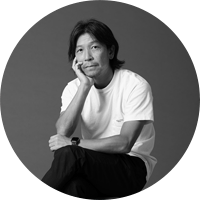
After working as a freelance editor, he founded Lino Inc., a production company that handles editing and production, etc. In 2004, he launched HOUYHNHNM.


